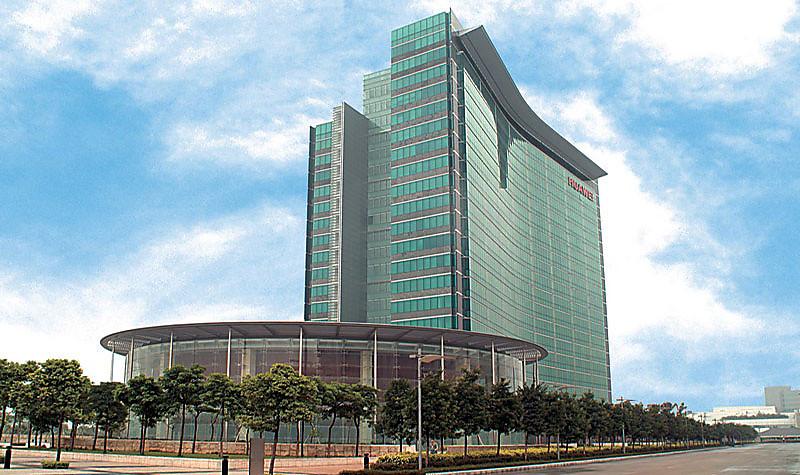Most Read articles – Arm flagships, Bristol startup, Huawei 5G
by Alun WilliamsTime once again for us to view the five most read articles on ElectronicsWeekly.com that were written in the last week, using the Web stats from Google Analytics. See what your peers have mostly been reading.
What are the topics covered? There’s new Arm flagship processors, a look back at a Bristol startup, a wander down an analogue memory lane, chip production in China and Huawei being ousted from UK networks…

5. Arm replaces CPU and GPU flagships, and more
Arm has announced flagship processors for phones: Cortex-X1 CPU, Cortex-A78 CPU, Mali-G78 GPU and Ethos-N78 neural network processor (NPU). Offered as part of Arm’s custom programme, Cortex-X1 is the most powerful Cortex processor yet, according to the company, with 30% greater peak performance over the current Cortex-A77 CPU, as well as 22% single-thread integer performance improvements over the just-announced Cortex-A78. “This short high-performance burst is best for reactivity and responsiveness when using devices, enabling the highest performance ever for smartphones and large screen devices,” said Arm.
4. Secret Technology Backed With $10m [Mannerisms]
16 years ago a start-up hit the Bristol streets with a plan to have a billion in revenue by 2020-1. Electronics Weekly reported the event like this: A FABLESS semiconductor start-up has won $10m funding but the firm,which has leading industry executives behind it,is currently keeping its technology under wraps. The Bristol firm, backed by Benchmark Capital and Atlas Venture,will be setting up two engineering teams to support its technology.

3. A glimpse of the world from an Analogue Integrated Circuit designer’s perspective – Part 2 [Electroramblings]
A veteran of 31 years in the Analogue Integrated Circuit industry, Ash Madni takes a personal look at how rapidly the electronics have evolved over his career, from 1985 with 3GHz Bipolar technology to 300GHz FDSOI and Covid-19…Burlington Vermont in the late 90s was my first visit to the United States. I could barely contain my excitement as we waited at the Inn at Essex Junction in Burlington for the green light to visit IBM Microelectronics. I was not disappointed on our arrival at IBM Burlington, both in terms of its imposing physical appearance and the high level of professionalism of the staff we met there. This was Silicon technology at its best.
2. China falling badly short of ‘Made In China 2025’ chip target
IC Insights reckons that China may only achieve about 30% of its ‘Made in China’ target of having 70% of its domestic chip requirement supplied from domestic sources in 2025. China is going to fall a long way short of its ‘Made in China 2025’ target for domestic semiconductor production, says IC Insights. IC production in China represented 15.7% of its $125 billion IC market in 2019, up only slightly from 15.1% five years earlier in 2014. As shown in Figure 1, IC Insights forecasts that this share will increase by 5.0 percentage points to 20.7% in 2024.

1. Huawei to be ousted from UK network
Plans to further reduce Huawei’s involvement in UK 5G infrastructure are being drawn up following growing anti-China sentiment in the wake of the coronavirus. BT is already committed to stripping out Huawei equipment from the core of the network by 2023. The core is where voice and data are routed to their destinations across sub-networks and servers, the non-core comprises the antennas and base stations which provide mobile devices with radio access to the core.